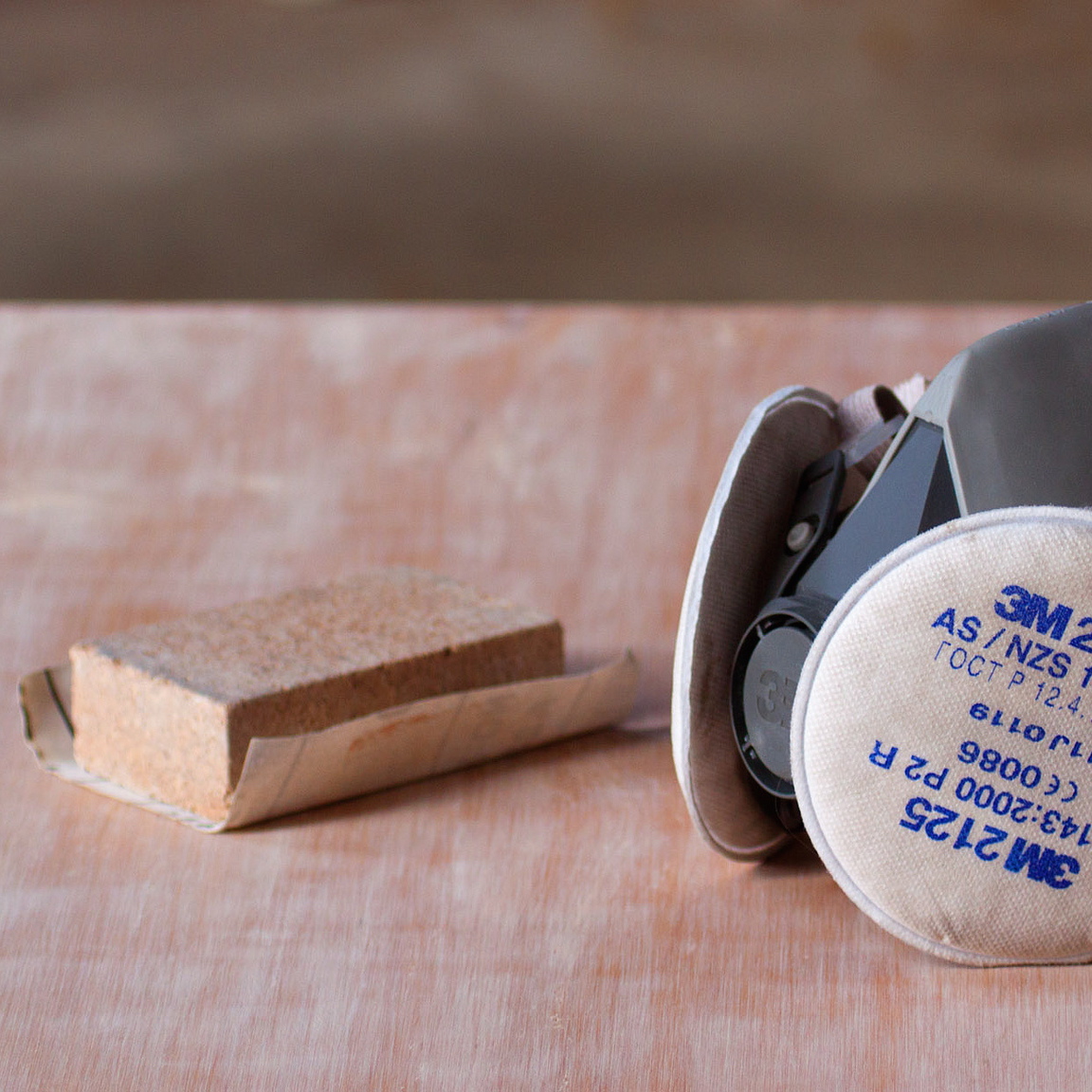Whether you’re a professional painter or a weekend warrior DIY fanatic, knowing when to sand your coats of paint is an important piece of information. If you never sand, you’ll end up with a shoddy paint job. And if you always sand, you might ruin it!
But there’s hope. Knowing when to sand and when to leave the sander in the garage can be the missing link to a perfect paint job. What’s the key? Let’s find out.
 Roller Buildup
Roller Buildup
Have you ever painted a wall and noticed that no matter how many coats you apply, it always looks bumpy or textured? What you’ve got is something called roller buildup, which occurs when you’ve got too much paint on your roller. It’s an easy thing to do—you get frustrated because the paint suddenly stops applying easily and you dip it back in the roller tray more and more frequently. But what you’re actually doing is making the roller thicker and less efficient, and the results are visible on your wall.
You can follow these roller tips to eliminate buildup as you go. But if you don’t notice the buildup until after the wall is dry, sanding is your best bet. This Old House offers simple wall sanding techniques, which include the pole you just used for your roller and a flat square of sandpaper that attaches to it, and 120-grit sandpaper.
Non-Latex Paint
If you are preparing to use latex paint over oil-based paint, sanding is in order. Oil-based paint has a very smooth surface, so paint that goes on top of it (such as latex-based paint) has a hard time sticking. Take a piece of sand paper and wrap it around a block. Lightly buff the surface of the oil-based wall to create a rough surface that the latex paint will adhere to. You’re not trying to strip the wall, just rough it up a bit, so this kind of sanding is low key.
How do you know if your wall has oil-based paint on it? This Seattle website tells us that you should wash a small section of wall with warm water and detergent, followed by a cotton ball soaked in rubbing alcohol. If the paint comes off with the cotton ball, you have latex-based paint and no sanding necessary. But if the paint is unaffected by the alcohol, you’ll need to grab some sandpaper.
 Knock Down the Texture
Knock Down the Texture
Besides roller buildup, roller texture can be a problem if you decide you don’t like the way it looks. You may have added texture to spice up a room and have grown tired of it, or the previous owners of your new home thought it looked nice.
No matter where the texturing came from, you can eliminate this unwanted feature by knocking it down with light sanding and finishing with a compound veneer. Home Guides offers some simple tips on getting rid of texturing—including the light sanding and wall compound, which combine to restore a perfectly smooth surface.
Have you ever sanded a wall?
Remember that there are three times you may need to sand a wall—roller buildup that dried, when painting over oil-based paint with latex paint, and to remove texturing. If you have latex paint already and are covering it with more latex, no need to pull out a pole (or block) and sandpaper. And don’t forget to wear a face mask!
Have you ever sanded your own walls? We want to hear how it easy or hard it was. Our readers need your experience so they don’t repeat your mistakes—that’s the virtue of online communities! Leave us a comment now, and we’ll respond right away.

 Roller Buildup
Roller Buildup Knock Down the Texture
Knock Down the Texture